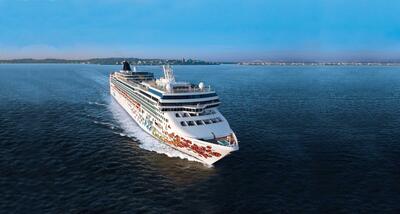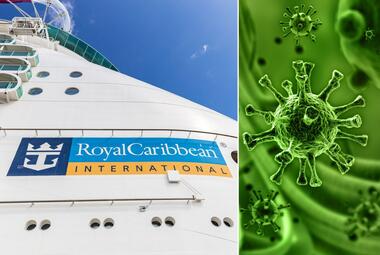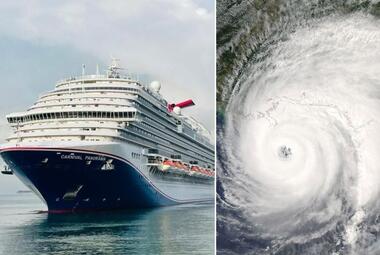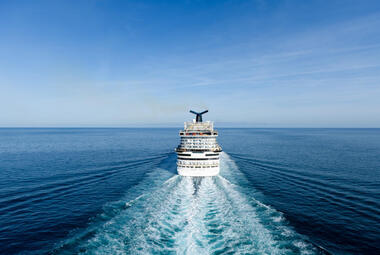The U.S. Centers for Disease Control and Prevention (CDC) announced its strongest warning yet about going on a cruise ship.
The Federal agency issued a Level 4 warning to avoid ocean and river cruises anywhere in the world due to a "very high" risk.
The warning was raised from Level 3 to Level 4, which is the highest level of warning at its disposal. In addition, the CDC warned against anyone that has an increased risk of severe illness to avoid travel on cruise ships.

In fact, the CDC recommends anyone that has a cruise postpone their trip until sometime in the future.
Level 4 is labeled as "very high" and represents a categorization for making it easier for the public to understand the risks:
- Level 4: Very high level of COVID-19
- Level 3: High level of COVID-19
- Level 2: Moderate level of COVID-19
- Level 1: Low level of COVID-19
The CDC also added a new recommendation for anyone that goes on a cruise to undertake new quarantine procedures:
- Get tested 3-5 days after the cruise ends
- Even if you test negative, quarantine at home for 7 days after travel.
- If you do not get tested, stay home and quarantine for 14 days.
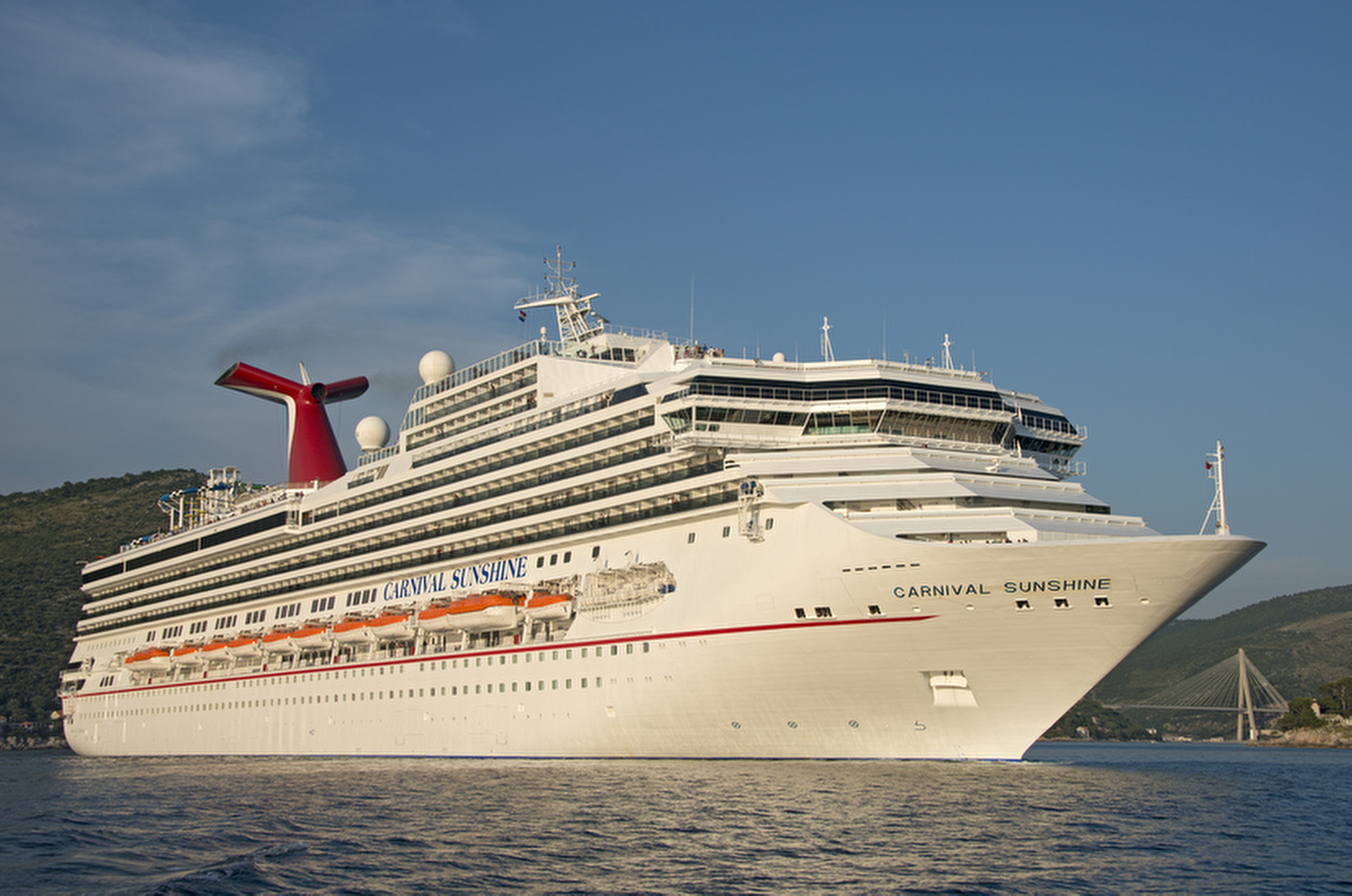
The new warning is issued less than a month after the CDC removed the No Sail Order and replaced it with a new framework to provide the cruise lines the ability to demonstrate their new health protocols can work.
In order to receive approval to sail again, cruise lines will need to engage in a series of phases to meet all of the CDC's requirements.
Double standard

While the cruise industry has received the highest level of warning against travel, the CDC overlooks the risks associated with air travel.
The CDC's guidance for airlines has not been updated since March 2020, and the CDC says most viruses and other germs do not spread easily on flights because of how air circulates and is filtered on airplanes. However, cruise lines have committed to a HVAC system that continuously supplies 100% fresh, filtered air from outdoors to all indoor spaces.
The air is drawn from one side of the ship for cooling and ventilation, then removed via exhaust on the opposite side of the ship.

The only recommendation for air travel from the CDC is to wear a mask while taking public transportation.
As we all know, the virus emerged in Wuhan, China. By the end of February, a RAND Corporation study found nearly 40 cases per week were spreading around the globe via air travel.
By the end of February, nearly 40 passengers per week were spreading the disease worldwide via international air travel. The United States, in particular, was facing importation risks from every continent except Antarctica.

And yet, the airlines face absolutely no restrictions in how they operate, while the cruise industry is treated to the harshest shutdown and restrictions since the start of the global health crisis.


